
Schedule your initial consultation today and start your journey towards a pain-free, healthier smile. Contact us now!
Dental health and aesthetics are essential components of overall well-being. Among the most modern and aesthetic materials used in dentistry today is zirconium. With its durability and natural appearance, zirconium has become a preferred choice in dental treatments.
Zirconium is a strong yet lightweight ceramic material used in restorative dentistry, such as crowns and bridges. Designed to provide the closest appearance to natural teeth, it is metal-free, allowing your teeth to maintain their natural whiteness and translucency.
Zirconium treatment typically consists of the following stages:
In conclusion, zirconium treatment is a highly preferred option both aesthetically and functionally. If you want to enhance both the health and appearance of your teeth, zirconium could be the ideal solution. Consult your dentist for more information and to determine the best treatment option for you.

Copyright © 2025 All Rights Reserved.